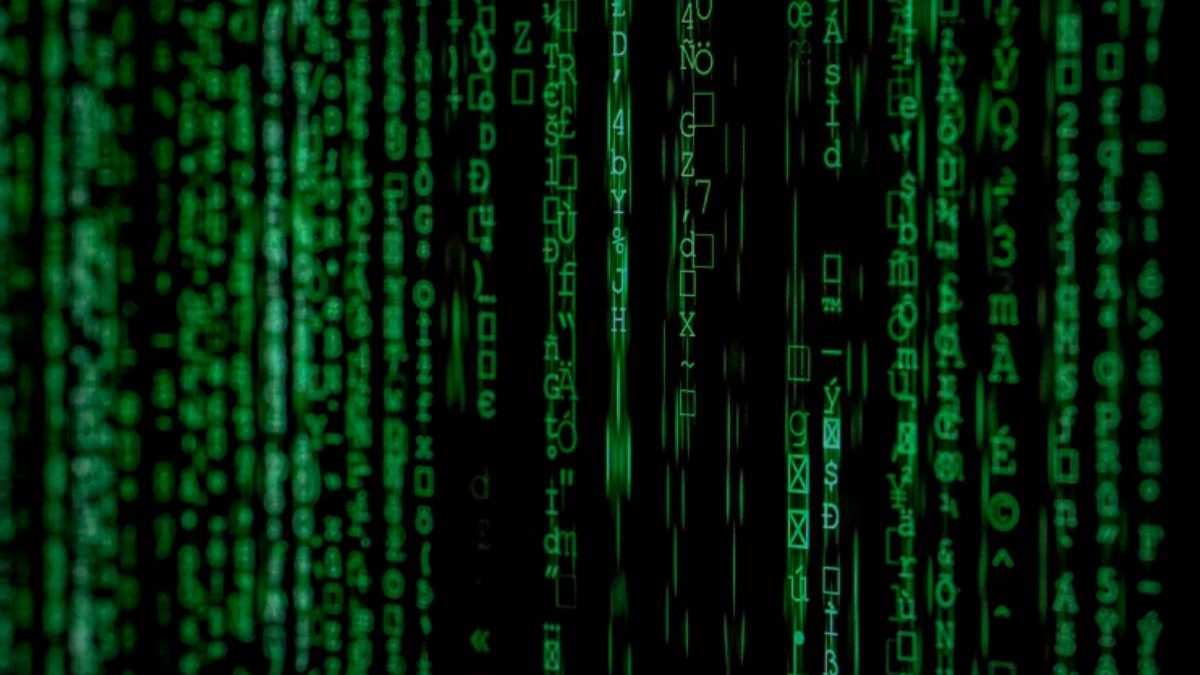Device Evidence The provision of electronic evidence to the courts and in any competence is increasingly common. The wide variety of evidence presented in judicial processes has also increased. Video surveillance records, social networking comments, certified emails, instant messages. such as WhatsApp, banking instructions, and screenshots. Mobiles .. These are just examples of a broad list that does not stop increasing because new technological means in developed.
Evidence is considered digital when the information provided with probative value is included in an electronic medium or is transmitted by the said medium.
The legal world. To cope with the massive use of electronic and technological instruments is complemented by legal research solutions that redesign. The sector and forcing its professionals to continue training. But at the same time. As new opportunities appear to confront conflicts because of the increase in new media such as digital.
Phases of the digital test.
The different phases by which it transmits the incorporation of digital evidence into a judicial procedure:
Access to the parties to the information of legal information and without affecting fundamental rights, namely the collection of all information or facts for testing purposes, so it is a phase that happens before the test contribution electronic in the process.
- Compliance with the custody chain of digital evidence. It is necessary to ensure that the evidence has not been manipulated during collecting, analyzing, and presenting.
- Incorporating these data into the process must previously meet specific requirements: relevance, necessity, legality, and procedural admissibility. It consists in introducing information on the legally obtained plan in the judicial process; it must therefore be relevant to the accreditation of one of the controversial facts in the context of the dispute.
- If they meet the requirements mentioned above for obtaining, security and incorporation, digital evidence will be subject to an assessment by the judge or Court. This is the evaluation carries out by the judicial processing body on the data provided by the party concerned to grant or refuse credibility by the evaluation system (noted or free) established by law.
Free evaluation of the digital test.
The legislation in force requires that the judge or the Court examine the facts contained in demonstrated electronic evidence, except so-called electronic public documents. Digital evidence will show its effects to illustrate the event under discussion, but the judge will grant its effectiveness according to the rules of solid criticism.
If suspicions occur from the authenticity of one of these two aspects, the judge is very likely to finish refusing electronic evidence’s effectiveness.
Among the requirements to ensure the proof of digital evidence and obtain it legally and in line with the digital evidence system, it is essential to prove the authenticity and integrity of digital evidence through a computer expert.
APPLICABLE REGULATION
The law of civil proceedings includes the regulation of this expert about the traditional test of Book II, Chapter V. In addition, in Section VIII of Chapter VI, “Reproduction of the word. Sound and image and instruments let present and discover relevant data for the process. “The new test means ” taken into account. Finally, throughout the articles of the LCE, you can see an analog application of the provisions governing the test. Classic, although it does not explicitly mention the electronic test.
As applicable is Law 34/2002 on the Information Services Corporation and Law 6/2020. Which regulates certain aspects of the services of electronic confidences, which recognizes in its art.
Three that “public, administrative and private electronic documents have the value and legal effectiveness that correspond to their respective nature Per the applied legislation.” Therefore, it recognizes the validity of electronic support. And admits them as documentary proof to contribute to the process.

